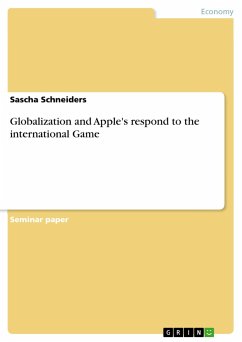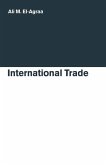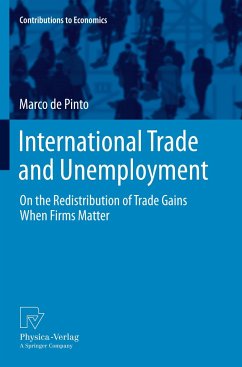During the last 25 year, the neoclassical Heckscher-Ohlin trade theory has been extended to the 'new' trade theory by including imperfect competition and fixed costs into the analysis of trade relations. Furthermore, these micro-oriented trade models are increasingly used to analyze macro-oriented questions. Chapter 2 of this study investigates the dynamic welfare effects of exposure to trade in a new trade model, which is extended by firm heterogeneity. It is analyzed under which conditions exposure to trade with firm heterogeneity increases or decreases steady state welfare of a country. Chapter 3 uses a new trade model to explore which country-specific conditions give rise to horizontal or vertical multinational activity. Finally, chapter 4 combines the Heckscher-Ohlin model and a new trade model with horizontal multinational firms with the macro-oriented real business cycle model and analyzes the role of goods trade and horizontal multinational firms in international business cycle transmission.








